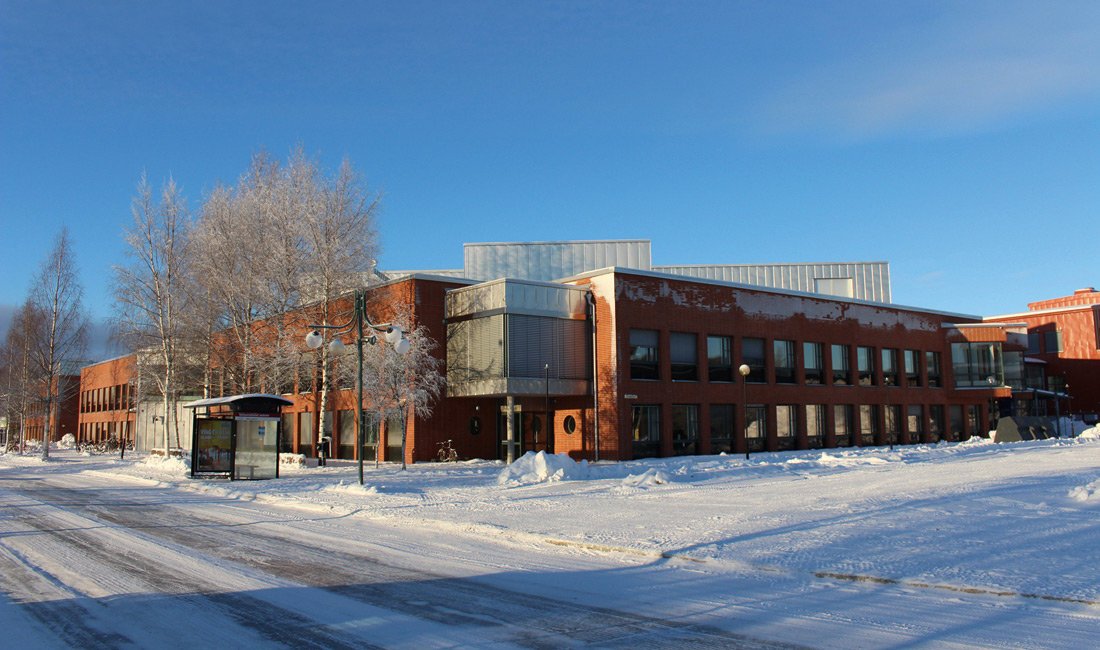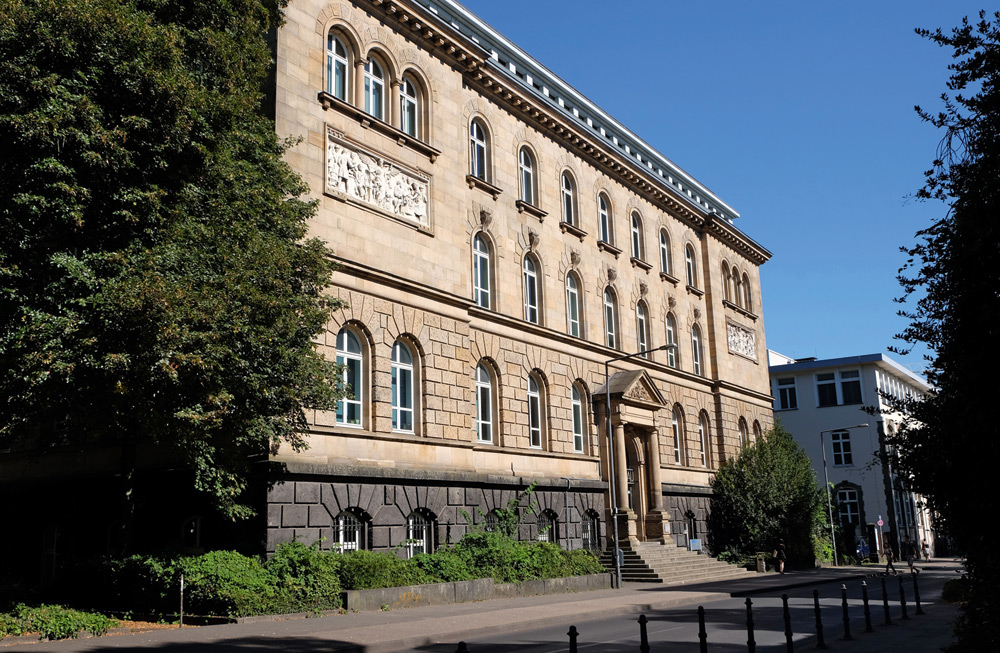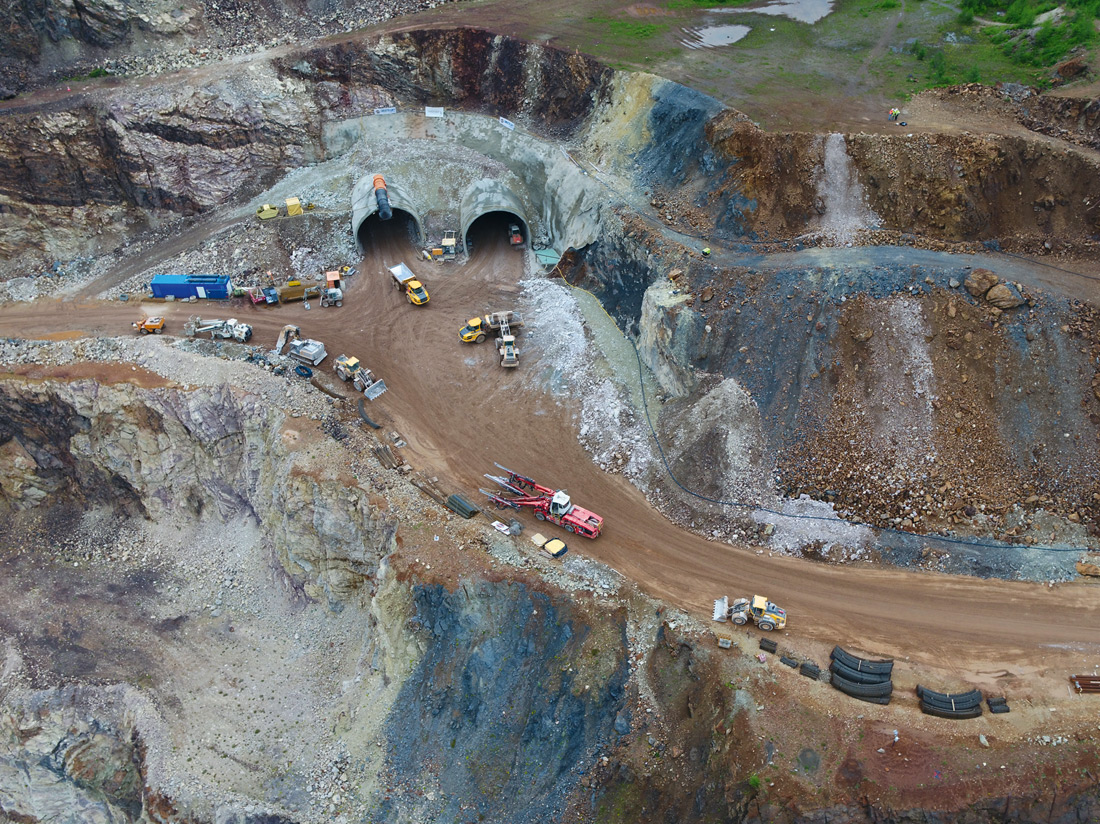For a modern mining company with attractive and safe workplaces a new type of leader for tomorrow’s health and safety at work is needed. This was the reason for four leading European mining universities to working closely together with industrial partners in order to develop a PhD-programme with a focus on increasing mine safety, using the most up to date research data and basing their studies on industry-driven, real scenarios and projects. This programme, SafeMine, aims to develop a holistic, timely and resilient PhD-programme in health and safety in mining and to train a cadre of qualified professionals who can lead the future of health and safety work in the European mining industry based on a modern view of how an attractive and safe mine should be designed and organized.
Situation and demand
Over the past decades, the safety work of the European mining industry has been most successful. This is demonstrated by the accident rates, which have been decreasing since the 1980s, and the increasing relevance of occupational safety and health in corporate mission statements of major mining companies (1). However, like in many other parts of the world, there is a distinct lack of skilled miners and mining engineers in Europe (2). The present workforce is ageing and the companies have difficulties recruiting young people that can fill the vacancies. Moreover, the young people’s view of mining is that it is dark, dirty and dangerous, and that a career in mining is not fulfilling.
The industry has a profound knowledge of the technical and engineering aspects of resource extraction, including the necessary risk assessments for safe underground and surface mining conditions. However, it remains a significant challenge for companies to communicate the job tasks of today’s mining professionals in a modern mining operation. In this context, mining companies also need to know more about what, in fact, constitutes safe and attractive workplaces. They also need to understand how they can change their own present mining operations so that mining work in their company will become safer and thus truly attractive. These changes should be based on current research and relevant facts about health and safety as well as work attractiveness.
This was the reason for four leading European mining universities to initiate the SafeMine project, a project funded by European Institute of Innovation and Technology (EIT), a body of the European Union. SafeMine is a three-year European joint PhD-Programme, which aims to train the next wave of qualified professionals who can lead the future of health and safety work in the European mining industry, based on a modern view of how an attractive mine should be designed and organized. The health and safety of employees and operations should always have the highest priority for mining companies.
Approach, scope and objective of SafeMine

Fig. 1. Linkage of the Project Phase with the whole PhD-Programme. // Bild 1. Einordnung der Projektphase in das Gesamtkonzept.
The project period of two years comprises the development and preparation of the PhD-Programme SafeMine and the kick-off in the subsequent pilot implementation phase (Figure 1). During this first pilot implementation, four PhD-Students, one at each partner university, will start the programme. The four individual students’ research projects will be selected in consultation with the companies involved in the consortium in order to ensure that it is industry relevant problems to be studied. In order to do this, an Advisory Board was set-up, compromising one member from each industrial partner.
The objective of SafeMine is to create a holistic joint PhD-Programme. Thus, in a first step the future industrial needs need to be identified. Hence, the project starts with a profound stakeholder analysis, including the identification of future industry requirements in Mine Health, Safety and Environment (MHSE) by using a survey, which will be developed target-specifically for the needs of the SafeMine programme by the consortium. The results, together with a review on current MHSE programmes worldwide, will be adduced for a thorough gap analysis, considering also recent studies and surveys as well as a broad and target-oriented engagement of relevant stakeholders to gain knowledge on the gap of future industrial needs and the current education status. This gap analysis will be the basis for the design of the curriculum and courses on different MHSE topics create an excellent and sophisticated graduate programme. The courses will be held at the different partner universities.
During the pilot-implementation phase, there will be one course offered in Luleå/Sweden and one course in Leoben/Austria. The four PhD-candidates participating in the SafeMine project implementation-phase will participate in these courses. Using a synergy effect, the courses developed for SafeMine may also be visited by other PhD- or graduate students from master-programmes of the partner universities. This will not only lead to new knowledge and skills of the course-participants, but also foster communication and cooperation between the students from numerous European countries. Furthermore, besides participants from the university-context, mining professionals from industrial companies may participate in the workshops, who aim for further education in the field of MHSE.
But not only the students will meet twice a year. Besides the courses for students, internal workshops supplement the program to ensure vital and high-quality discussions within the consortium as well an efficient progress of the project. These workshops will be performed at different locations of the university partners. Members of the partner universities as well as participants from our industrial partners will join these internal workshops.
The programme will be advertised via a website in due course.
Consortium
The SafeMine consortium is a well-balanced alliance, with complementary skills and experiences as well as regional and thematic diversification. The founding partner universities are Clausthal University of Technology (Germany), Luleå University of Technology (Sweden), RWTH Aachen University (Germany) and Montanuniversität Leoben (Austria), representing three European countries by four renowned mining universities.
Clausthal University of Technology (TU Clausthal) contributes with its long-term experience especially in the field of occupational safety and health (OSH), namely risk assessment, dust control and ventilation as well as emergency prevention and control and the development and implementation of innovative learning concepts. TU Clausthal runs several students laboratories and a Research and Teaching Mine in cooperation with the World Cultural Heritage Rammelsberg in Goslar, a former ore mine with more than 1,000 years of production and supports a well-established network to regional and nationwide industrial partners (Figure 2).

Fig. 2. Historic Main Entrance of Clausthal University of Technology. // Bild 2. Historischer Haupteingang der Technischen Universität Clausthal. Photo/Foto: TU Clausthal
Luleå University of Technology (LTU) is a leading Swedish technical university with a focus on mining. The team involved in this project is part of the Center of Advanced Mining and Metallurgy (CAMM) and has long experience of teaching and research in collaboration with the mining industry actors. Research covers the whole chain from exploration for ores, mining and processing to the final product. Furthermore, LTU focusses on research regarding attractiveness of workplaces in the mining industry, which gives a valuable benefit for SafeMine (Figure 3).

Fig. 3. Department of Business Administration, Technology and Social Sciences at Luleå University of Technology. // Bild 3. Department of Business Administration, Technology and Social Sciences an der Technischen Universität Luleå. Photo/Foto: Luleå University of Technology.
RWTH Aachen University is one of the nine leading technical universities in Germany that together make up the TU9 university network of excellence. The Institute of Mineral Resources Engineering (MRE) has contributed continuously to further development and improvement of raw materials supply through research and education since 1880. Today, the main research activities consider both open pit and underground mining with focus on the prediction of mineral deposit properties, resource efficiency and process optimization as well as environmental protection and mine health and safety (Figure 4).

Fig. 4. Institute of Mineral Resources Engineering (MRE) at RWTH Aachen University. // Bild 4. Institute of Mineral Resources Engineering (MRE) an der RWTH Aachen. Photo/Foto: MRE, RWTH Aachen
Montanuniversität Leoben (MUL) is a technical university covering the field of mining, metallurgy and material sciences. The research and education profile is set along the value chain from mineral deposits to production processes, to product design and recycling of end of life products. The two chairs at the Department of Mineral Resources Engineering are participating in SafeMine, as they are both carrying out research in Mine Safety, which will benefit the scope of the PhD-Programme. Furthermore, the Chair of Thermal Processing Technology (TPT) will contribute expertise in industrial safety to SafeMine. Especially in the field of fire and explosion prevention as well as emergency management and hazard control, TPT can offer a safety and combustion technology laboratory as well as good connections to industry, rescue organizations and authorities (Figure 5).

Fig. 5. R&D, training and education facility “Zentrum am Berg” (ZAB) of Montanuniversität Leoben. // Bild 5. F&E, Trainings- und Lehreinrichtung „Zentrum am Berg” (ZAB) der Montanuniversität Leoben. Photo/Foto: Subsurface Engineering, Montanuniversität Leoben
Industrial partners from Austria (AUVA – Allgemeine Unfallversicherungsanstalt), Germany (Dräger Safety AG & Co. KGaA) and Sweden (Boliden AB) are part of the consortium to develop a PhD-Programme with a focus on improved mine safety, using up-to-date data and industry-driven real scenarios and issues.
The SafeMine KickOff meeting took place at Clausthal University of Technology earlier this year. In vivid discussions on two days, the participating partners set the structure for a successful new PhD-Programme.
Outlook
The two years implementation phase of the graduate school SafeMine is covered by EIT funding. This phase is also seen as a test phase to evaluate the concept and elaborate minor changes on the process. If the project is successful, it is intended to continue with the courses and provide a full program of six workshops to the candidates. Every year two courses will be held at the participating universities – in alternating order – and the students work on their PhD-research topics and finish their theses after three years. In addition, the design of the courses as Massive Open Online Courses (MOOC) for the following time period will be discussed after the implementation period. At this point it is necessary to express that the participating PhD-candidates are enabled to finish their PhD-degree, whether a follow-up project will be granted or not. In case SafeMine will be evaluated as a successful project a continuous further development of SafeMine beyond the first round of graduates will be pursued, aiming at a long term financial, as well as scientific sustainability. Furthermore, the consortium aims at an EIT labelling for the SafeMine PhD-School. This process will be initiated after the first participants finished the program successfully.
Is your company interested in joining the consortium as an industrial partner? Do not hesitate to get in contact with one of the authors!
You are a master’s student and interested in the SafeMine PhD-programme? Contact the authors and stay informed!
References
References
(1) Shooks, M.; Johansson, B.; Andersson, E.; Lööw, J. (2014): Safety and Health in European Mining. Luleå University of Technology.
(2) Jamasmie, C. (2013): Mining industry to solve lack of skilled workers with technology: study. Hg. v. mining.com. Online verfügbar unter www.mining.com/mining-industry-to-solve-lack-of-skilled-workers-with-technology-study-68927, zuletzt geprüft am 27.07.2018.